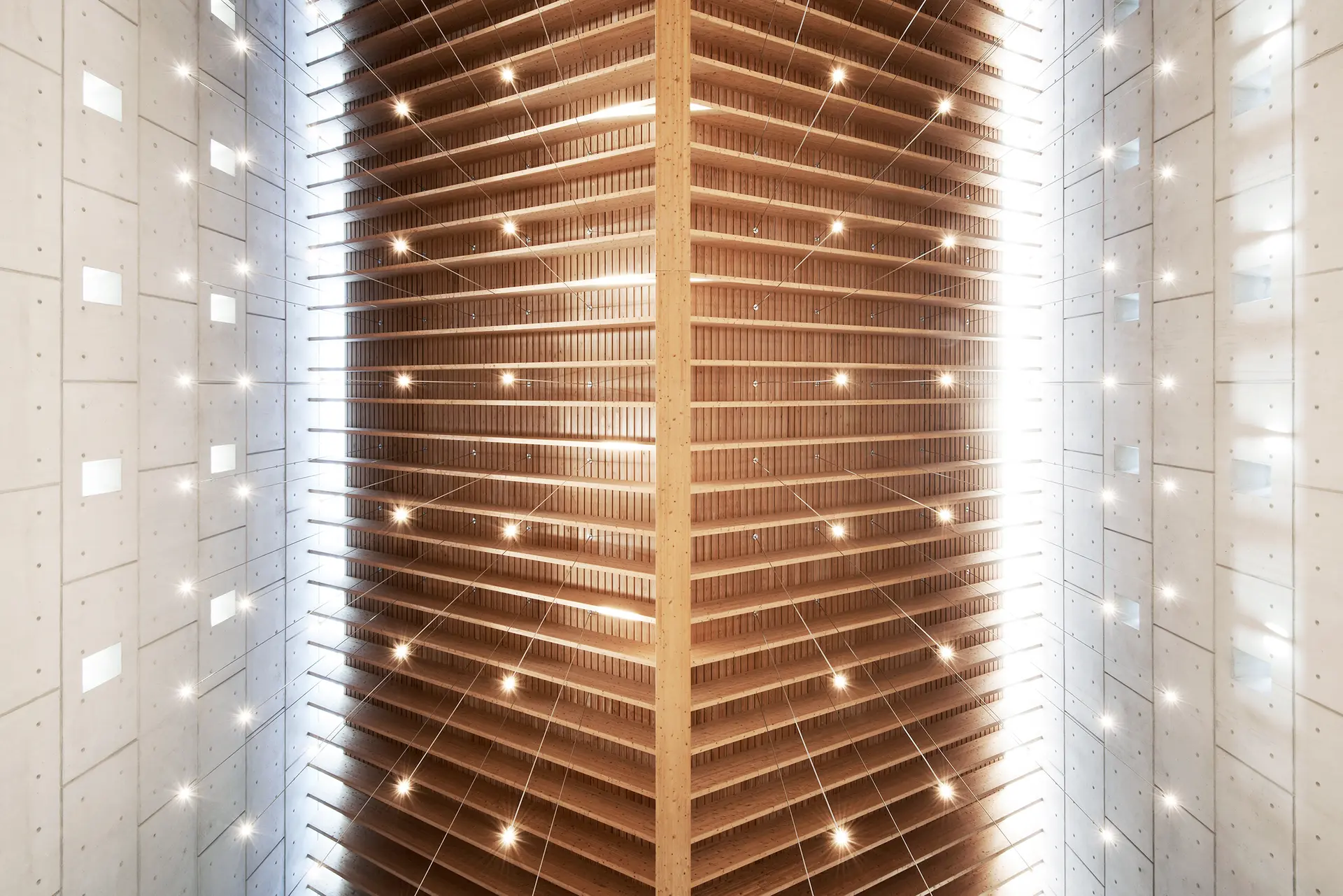The architect of the 21st century by Kent Martinussen
Henning Larsen was constantly sketching – all the time, all his life. Hundreds of sketchbooks and thousands of drawings bear witness to an architect who was dedicated to daily, continuous creation. These drawings captured his experiences, archiving all that he saw: his thoughts, whims, ideas, and feelings. Everything was preserved as it struck him in that moment.
To create in the midst of the enveloping, chaotic sea of everyday life requires a monumental artistic presence. Henning Larsen had this. He allowed his original ideas to flow through strokes of ink on paper, embodying the 20th century ideal of the artist-architect.
At the same time, however, as a studio leader, as an educator, and as a person, Henning was, in his own quiet way, ahead of his time. He was an architect shaped by his time, but in his ambitions and ideals, he belonged more closely to the 21st-century, foreshadowing many of the characteristics defining successful creative processes and businesses in the present day.
Architectural history fascinated him. But he was even more transfixed with exploring the present, reflecting on how contemporary movements in architecture might shape and inspire the future he constantly worked towards; a hallmark of his legendary outlook.
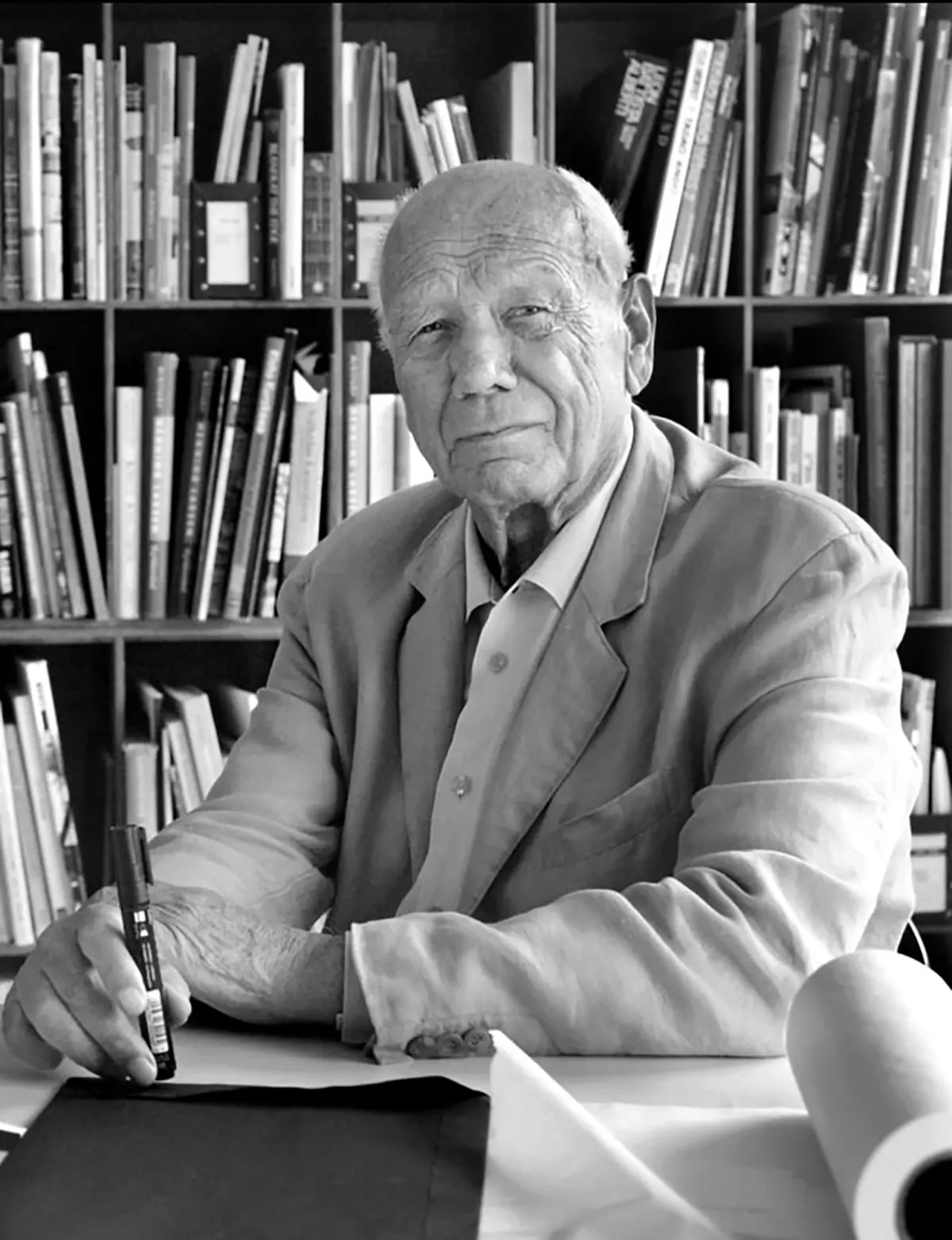


Henning insisted on the necessity of vision and foresight. He studied in the United States and England, and worked for some of the period’s best architects such as Jørn Utzon and Arne Jacobsen, who were both invested in movements beyond Denmark’s borders. He was critical of the Danish architectural scene’s sometimes insular nature, orienting himself outwards in his projects and sparking new conversations by founding Denmark’s first private architecture gallery and Scandinavia’s first magazine for architecture and design, naming both ventures SKALA.
Henning saw the future in the present and recognized the best capabilities in those around him. He often identified opportunities before others did and had the courage to turn his intuition to action.
One of these great strides came in 1959, the year Henning Larsen founded his own studio.
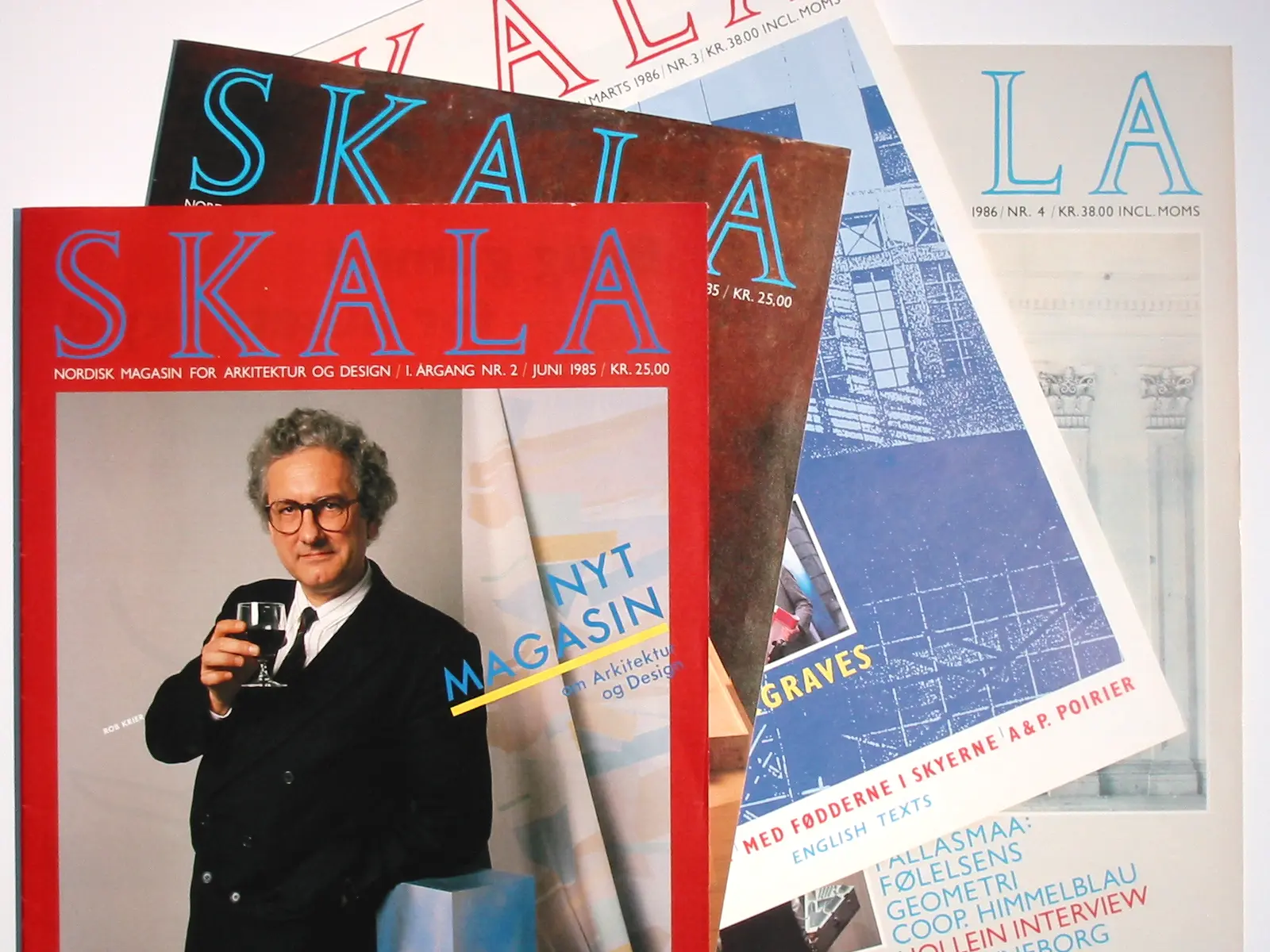
The studio was founded during one of the most transformative periods in European history, and at a crucial moment in the development of the modern Danish welfare society; the foundational thoughts of which emerged as the concrete groundwork for social structure from the 1950s and onwards. It is a radical and permeating force; a mentality that advocates the creation of a new universal model for society, in which all benefits of the welfare state are treated as an inherent right for every citizen.
At the core of this movement is a collectivist, democratic philosophy that gives particular regard to the importance of architecture, urbanism, and residential design in creating a stronger society. The idea that every citizen is entitled to the benefits of welfare society contributes to the placement of architecture at the heart of Danish culture. From the smallest details to the grandest gestures, design becomes crucial to the human experience, both individual and shared.
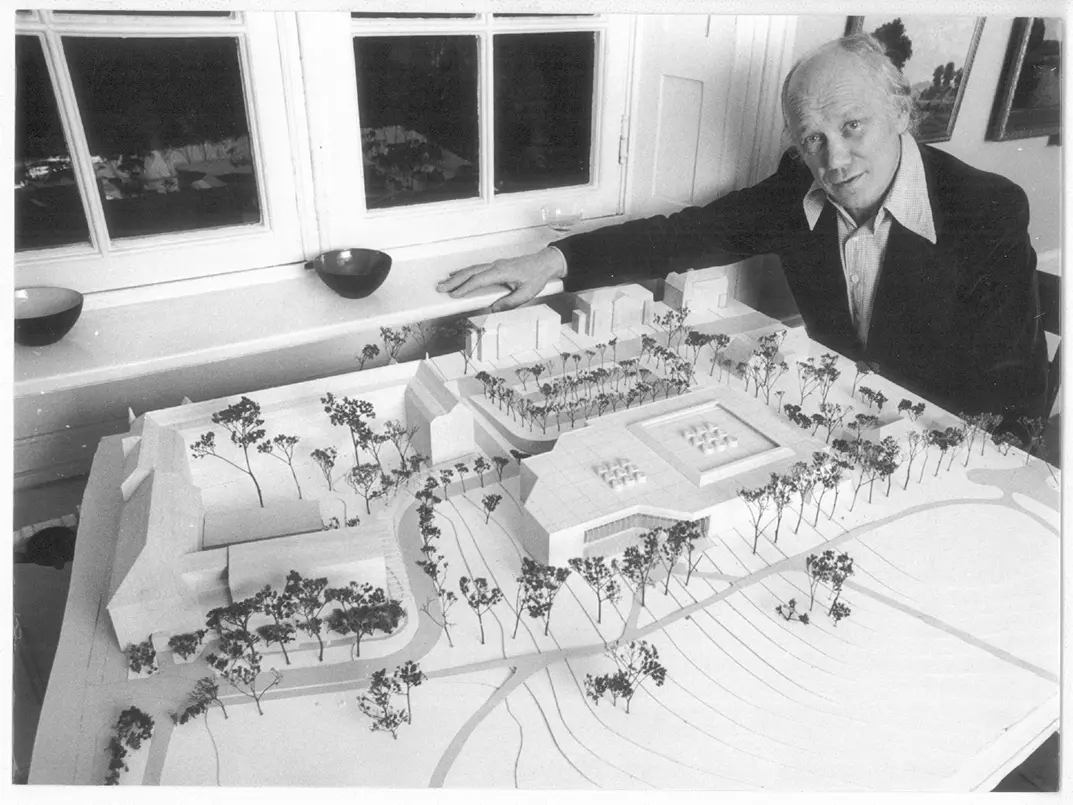

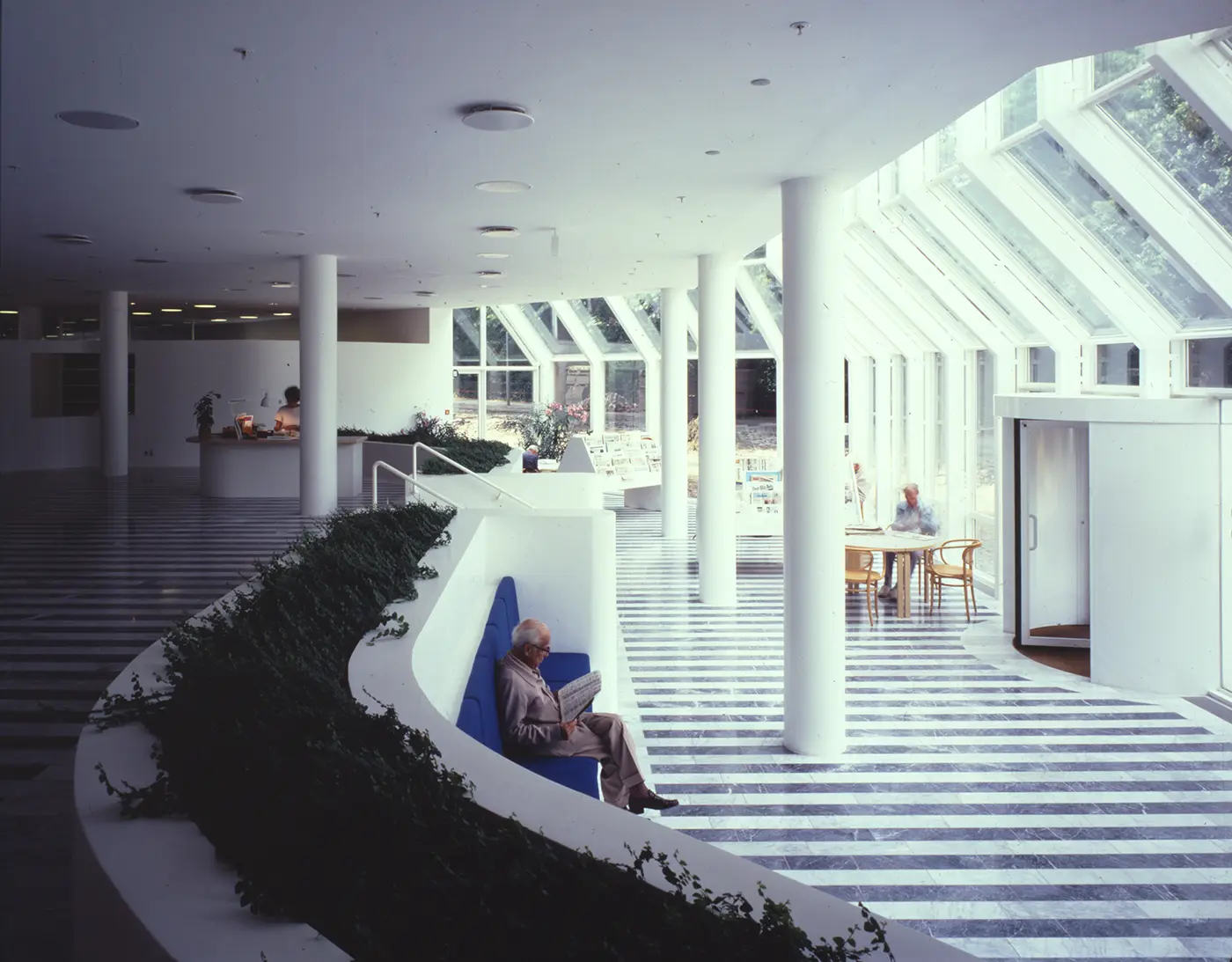
Henning knew that the model of the uncompromising artist-architect would not be the answer to architecture in the years to come. He saw and surrounded himself with architects gifted both artistically and commercially, as well as with a range of other professional disciplines that would help him develop enduring solutions to how architecture would contribute to modern global development.
Multicultural communality, democratic organization, cross-disciplinary creativity, knowledge sharing, and an open, network-based company culture stand as defining elements of the studio’s continued contributions to contemporary architecture.
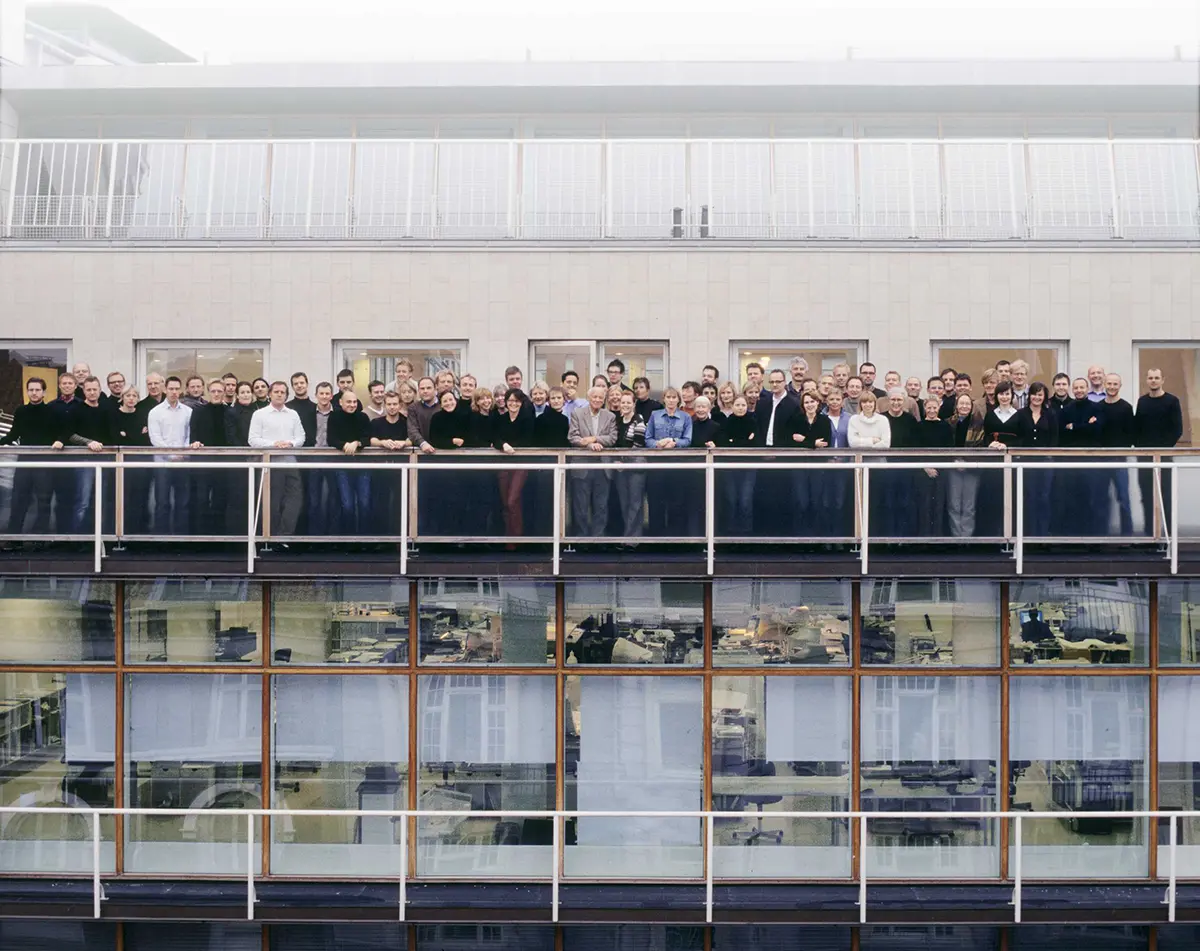
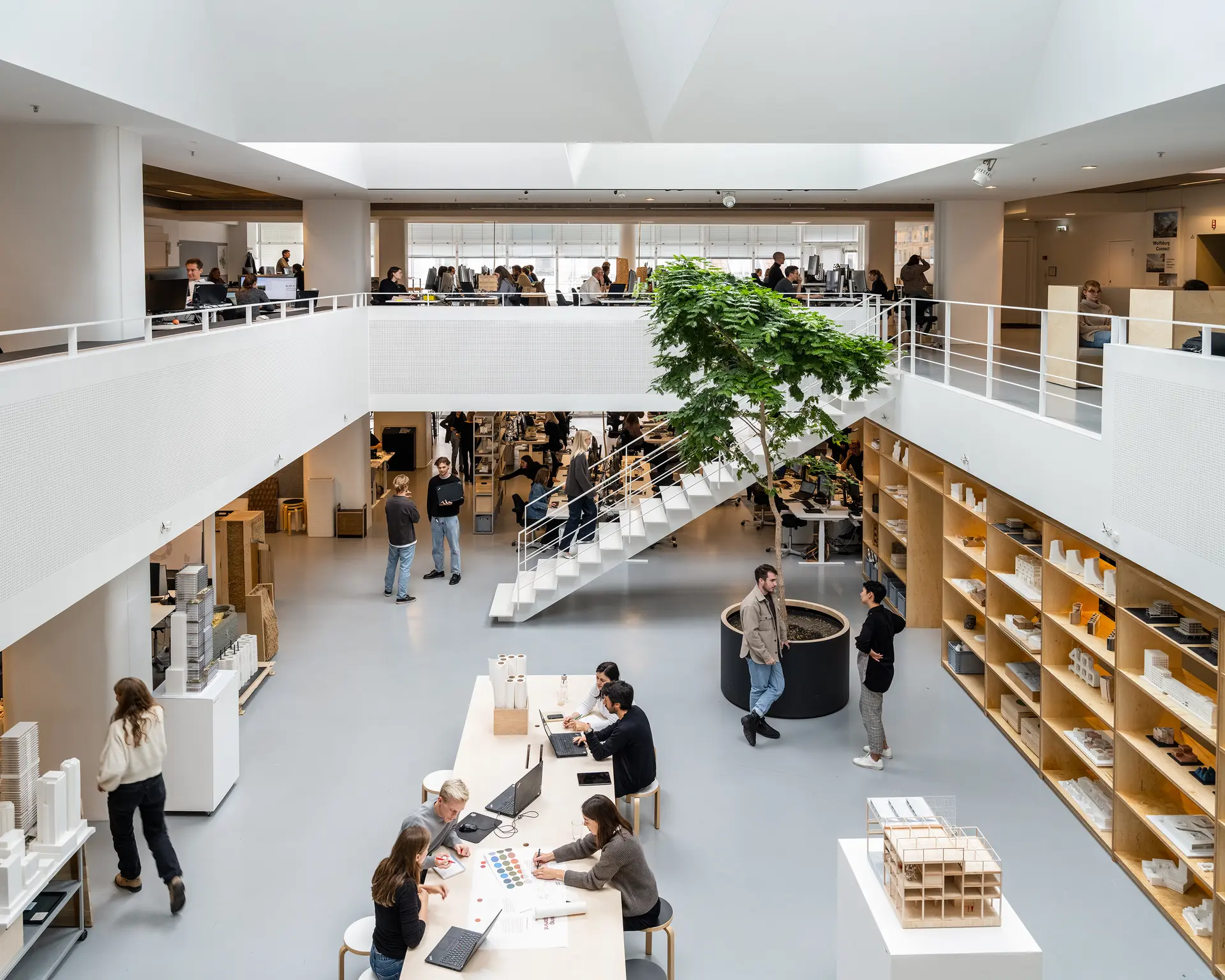
Philosophy
The way we see it, design is about seeing tomorrow as a space of opportunity and impact.
At the core of our design philosophy is a consistent strive for new knowledge and a determined commitment to context, culture, and people.
